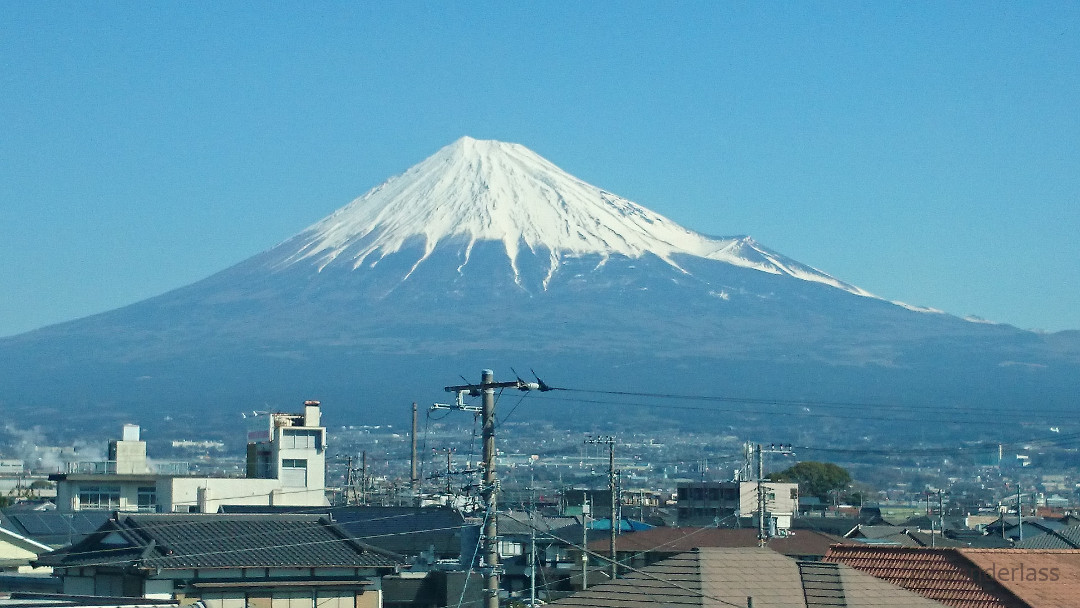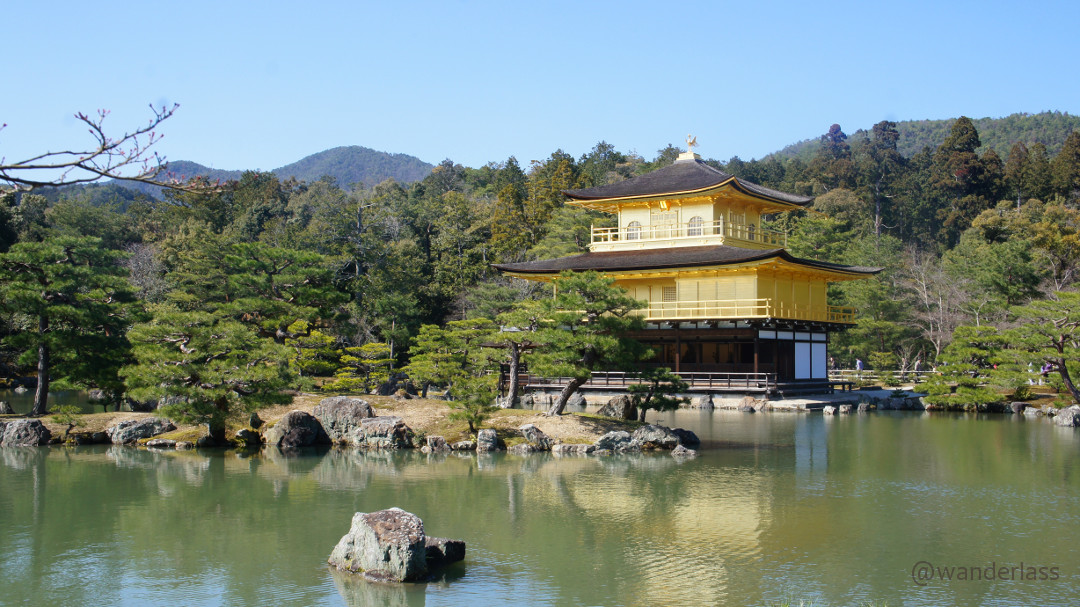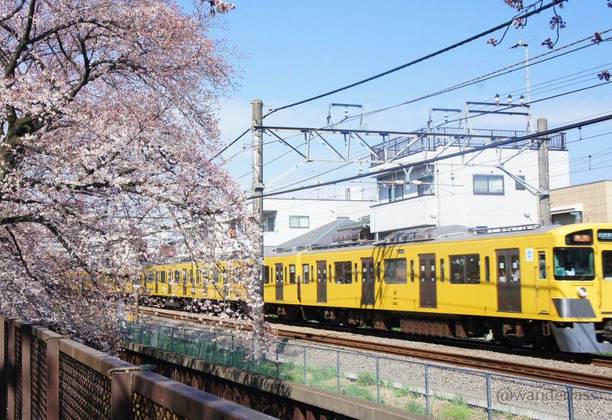Kyoto has been on my bucket list even before I even had the means to travel. I watched Rurouni Kenshin, a Japanese anime about a swordsman named Himura Kenshin during the Meiji era. I learned a small part of Japanese history on this show even before I was formally taught Asian history at school. The setting of this animation is in Kyoto, and despite these being digital drawings, this former imperial capital has always fascinated me.
And when I finally got to Kyoto, I was not disappointed. It felt like being taken back to Japan's history by learning about the stories of the temples and structures that contributes a piece of their past.
We stayed here for 4 days and in those days we saw temples and shrines all day long. I'll be sharing some of the temples on this post.
Kinkaku-ji/ The Golden Pavilion
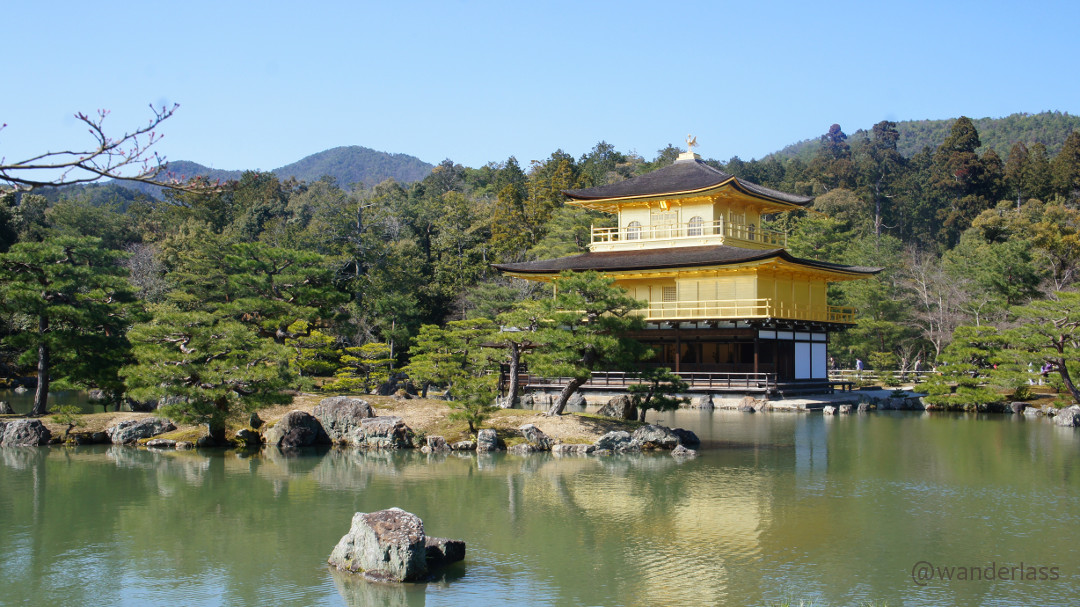
This Zen Buddhist temple's golden structure surrounded by a pond and trees makes such a scenic view. This houses relics of Buddha and visitors are only allowed to explore the surroundings. Nonetheless, the beautiful garden and the view of this golden temple is enough to be captivated by this place.
This is the closest that I can get to the temple and it's enough for me to see its beauty and silky gold covering.
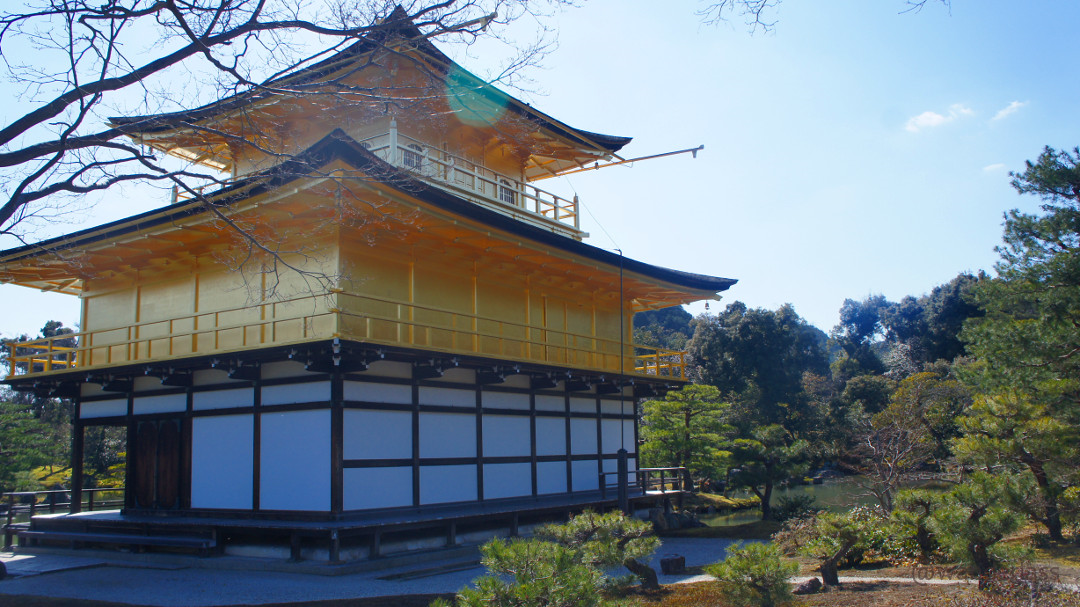
This was formerly owned by a a shogun (a ruler appointed by the emperor) and was turned into a Zen temple after his death as this was his will.
Kodai-ji Temple
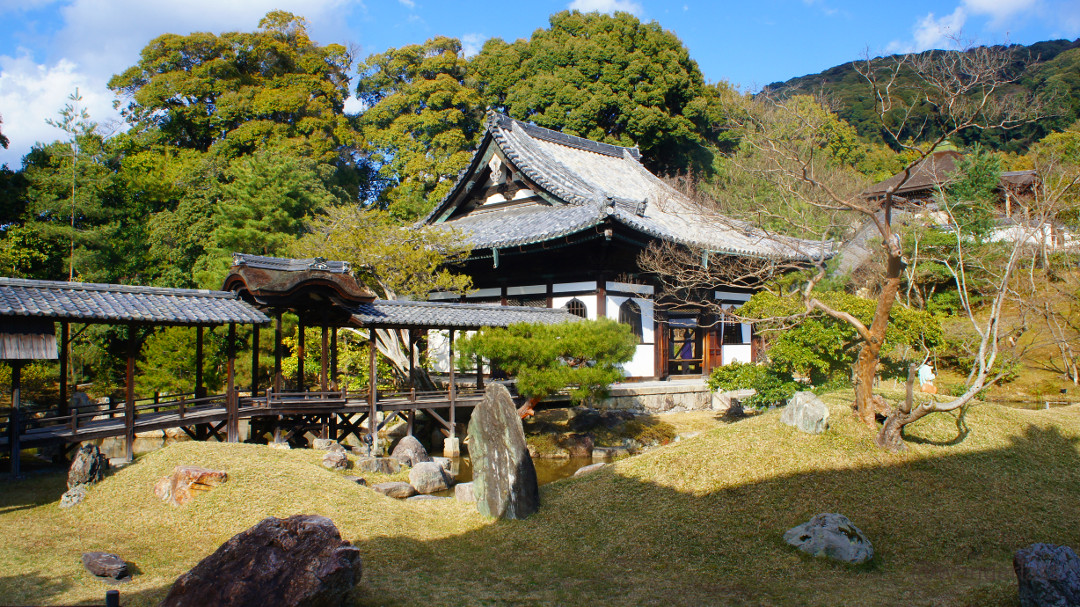
What I found common among these temples are the big gardens that envelope the structures as if to protect and add to the serene atmosphere. Kodai-ji temple sits within a beautiful landscape with stones, bamboos and bonsai plants. In addition, most of these were former nobility or statesmen houses before these were converted to a temple. This was established by a noblewoman in memory of her late husband and she became a Buddhist nun after her husband's death.
It is a huge complex with a garden lined with gravel and a Sakura (cherry blossom) tree that is about to bloom.

There are tea houses within the complex designed by the famous tea masters during that time. These structures represents the tea ceremony architecture of the place.

Upon leaving the place, you will be led to an array of bamboos as if walking through a mini forest.
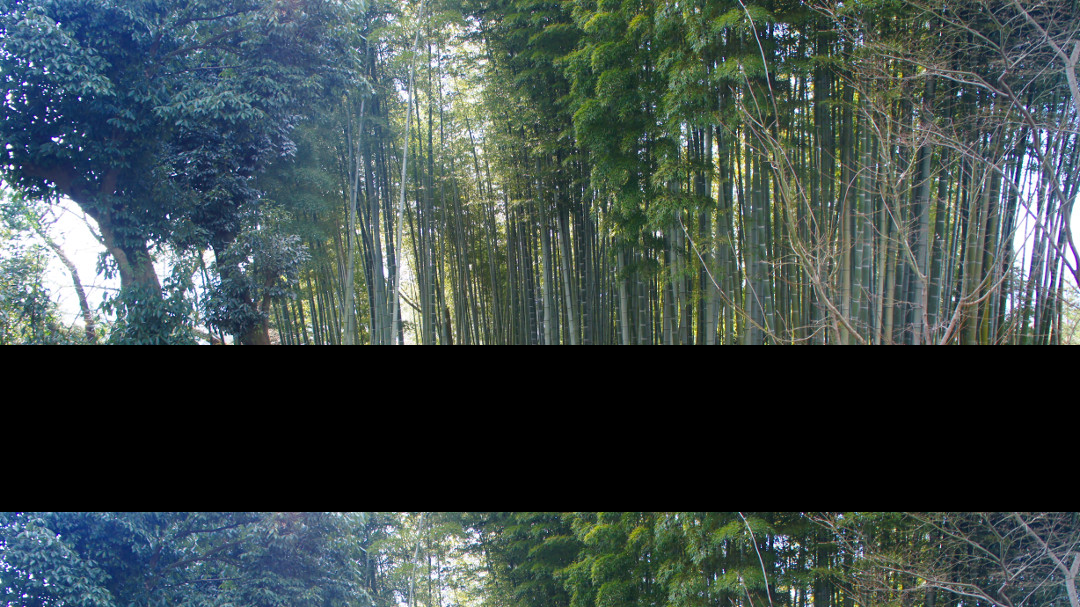
Ryoanji Temple
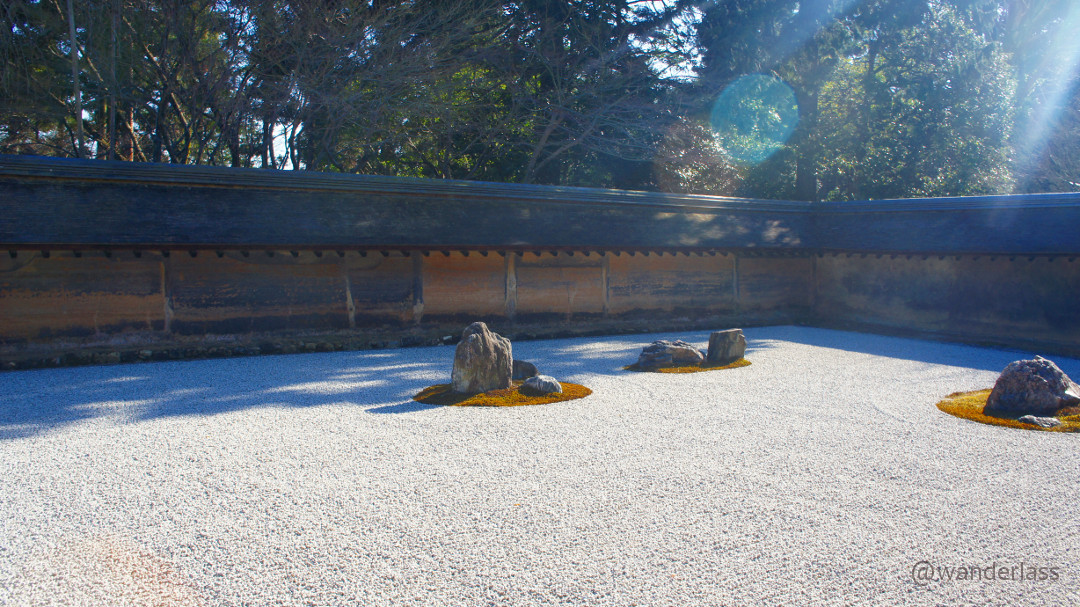
The main attraction of this temple are the pebbles so neatly layed out on its garden. We were allowed to enter this temple and you have to take off your shoes. This was formerly a country house by a big clan.
The rock garden is a Zen garden. Unlike other temple gardens, there are no trees. What's prominent are the big rocks scattered over the rock lawn. Good thing visitors are not allowed to step to preserve this art and we can view it up close.
It is simple yet so unique that visitors line up like the paparazzi to take a photo of these stones with celebrity-like status.

Here's a minature model of the garden to see its full view. I found it difficult to capture the entire garden with my camera due to its distance from the viewing area.
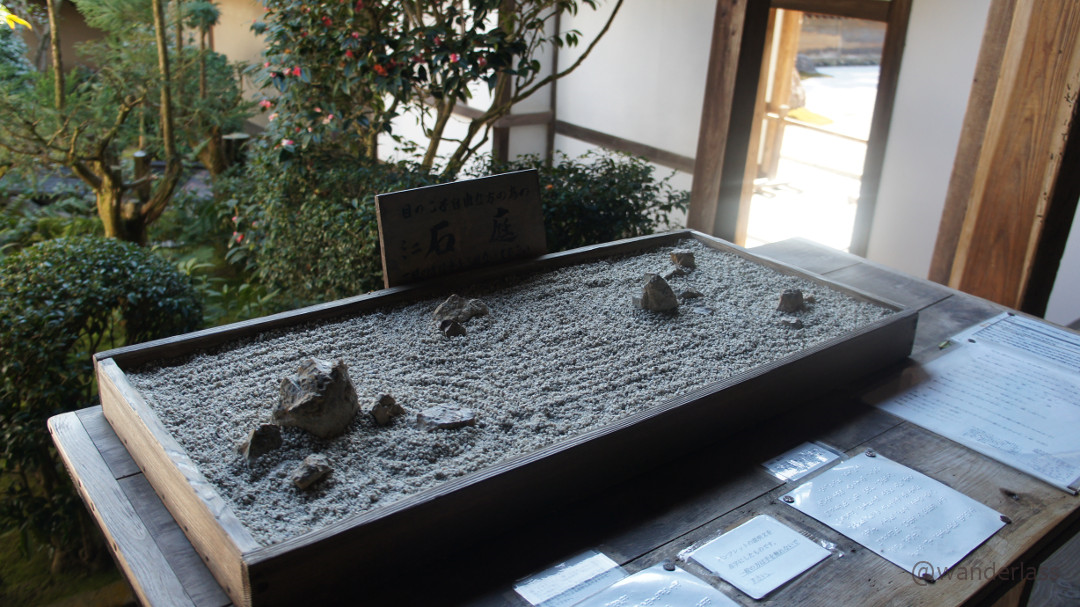
Another unique structure in this temple is this stone water basin for the tea.room The inscription here translates:
I learn only to be contented.
This is an important concept in the Zen teachings where they focus to be contented and be spiritually rich. One who does not feel contented is considered spiritually poor no matter the amount of material wealth one has.
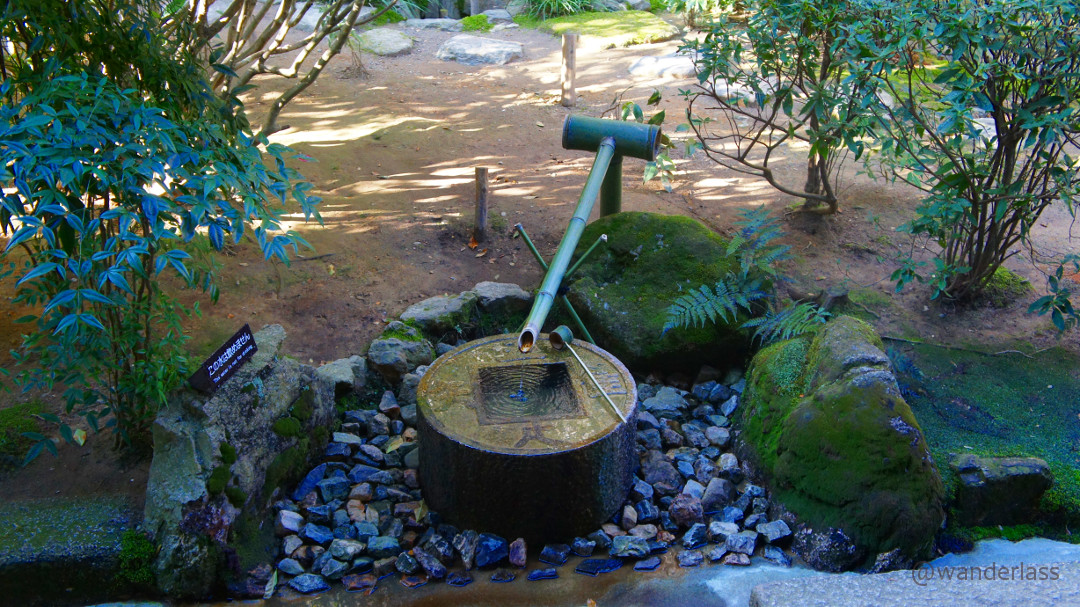
Ginkakuji/ Silver Pavilion
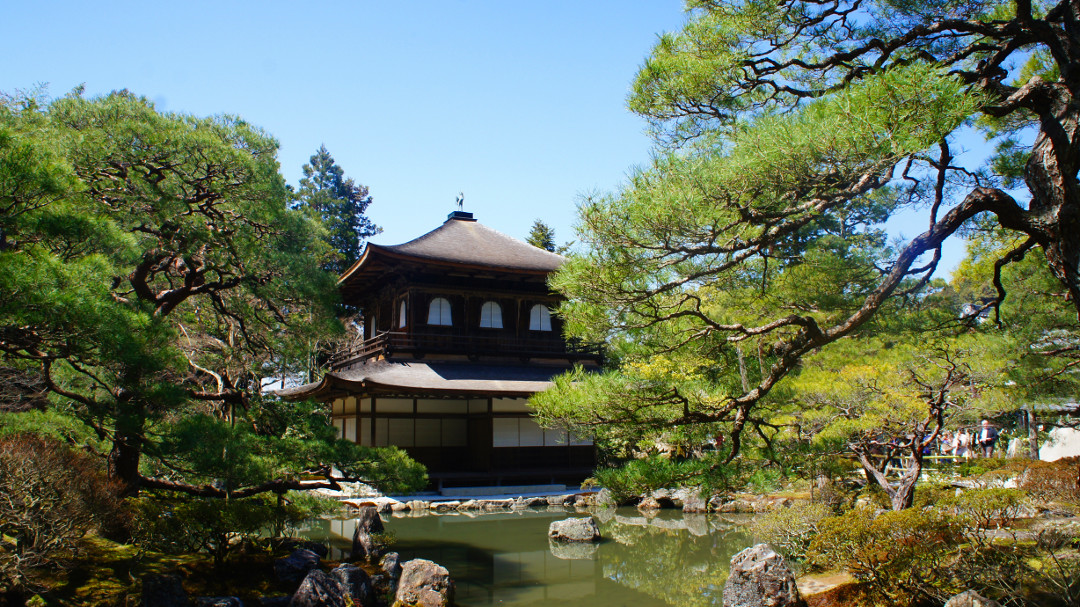
I did no misspelling and this sounds like Kinkaku-ji but with a G. It's also a Zen Buddhist temple and known as the Silver Pavilion. It is not covered in silver unlike the gold foil that covers the Golden Pavilion. It has a bronze phoenix on top though.
My favorite section of this temple is the Zen garden with an array of white and gray pebbles, and a volcano-shaped sand structure. I can feel so much peace and harmony looking at all these pieces together.
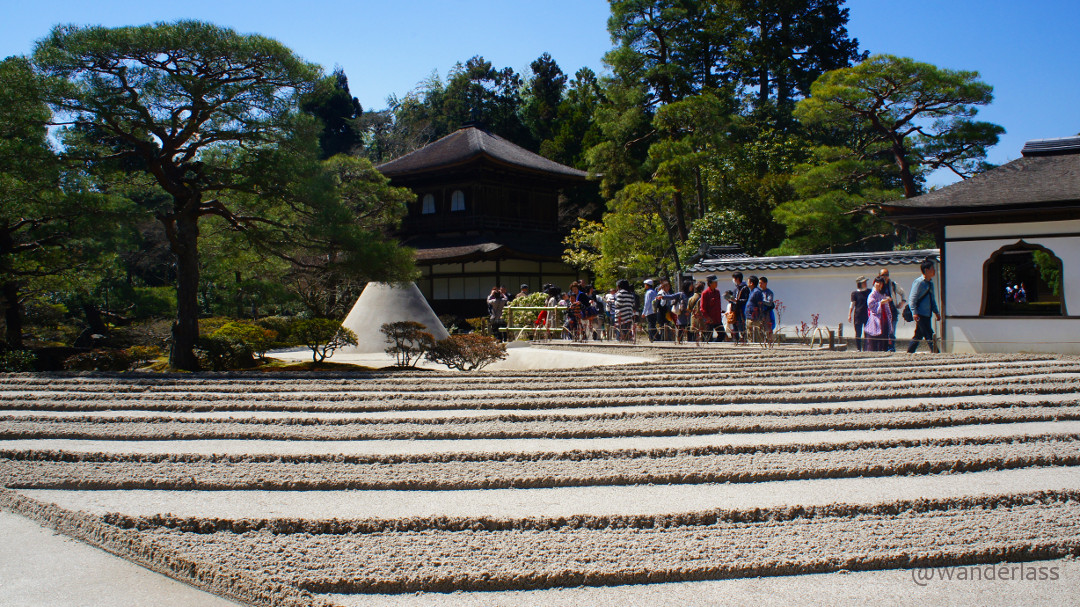
We also saw this fluffy family cozily lounging under the sun, just outside the temple. ;)

There are so many temples in Kyoto and a week isn't enough if you want to see all. But I think I got a fair glimpse of the historical Kyoto. We also went to some shrines, museums and also a food trip around the city which I will write about soon.
Wander Tip
If you're coming from Tokyo via the Shinkansen (bullet train), prepare your camera for a snap of Mt. Fuji. You will pass by Shin Fuji station before you arrive in Kyoto and you will get an amazing view of this volcano.
